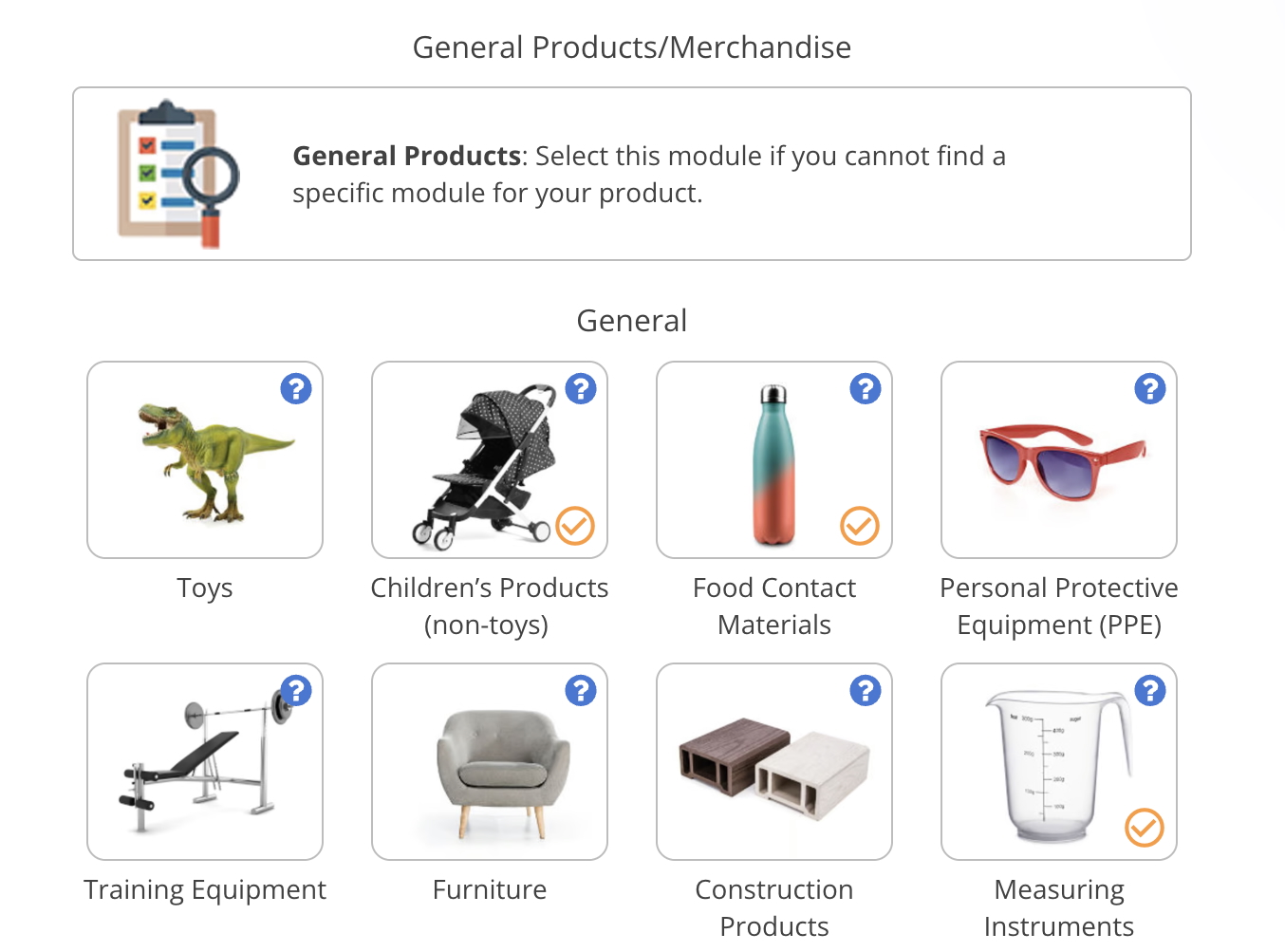
Electronic products sold in the European Union are subject to various product regulations and directives, which in turn set labelling requirements. In this guide, we list several key EU electronics labelling requirements concerning compliance marks, traceability information, warnings, and more.
Content Overview

FREE CONSULTATION CALL (30 MIN)
 Ask questions about compliance requirements
Ask questions about compliance requirements Countries/markets:
Countries/markets:
 Learn how we can help your business
Learn how we can help your business
You will speak with:Ivan Malloci or John Vinod Khiatani
CE Mark
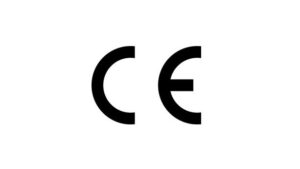
The purpose of the CE mark is to indicate compliance with one or more EU regulations and directives
CE marking is mandated by several EU regulations and directives applicable to electronics. In short, electronic products sold in the European Union must always be CE marked as at least one of the following applies:
| Regulation/Directive | Scope |
| RoHS Directive | Electrical and electronic equipment |
| EMC Directive | Electrical and electronic equipment |
| Low Voltage Directive | Electrical equipment within the following voltage rating:
|
| Radio Equipment Directive | Radio equipment (i.e., WiFi, Bluetooth, 5G and GPS-enabled devices) |
| Ecodesign Directive | Energy-related products |
| Ecodesign for Sustainable Products Regulation* | Electrical and electronic equipment |
| Batteries Regulation | Batteries |
| Cyber Resilience Act | Products with digital elements that are designed to be connected to a device or network. |
At a minimum, CE marking is mandated by the RoHS Directive, which covers most electronic products used in a domestic or industrial setting. Depending on the functionality, additional regulations and directives that mandate CE marking for electronics can also apply.
Examples
For example, AC adapters are covered by the Low Voltage Directive, while Bluetooth-enabled devices are covered by the Radio Equipment Directive.
CE mark placement
The placement of the CE mark is also an important factor. In general, the CE mark is either to be placed on the device (when possible) or on the packaging and user instructions.
WEEE Symbol
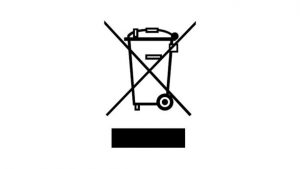
The WEEE symbol is mandated by the Waste Electrical and Electronic Equipment Directive, which is meant to indicate separate collection. The WEEE symbol is normally placed on the product, or in the following areas:
- The packaging
- The instructions for use
- The warranty of the EEE
The WEEE symbol is often present together with the CE mark.
Radio Equipment Directive Charger Pictogram
The Radio Equipment Directive (RED) covers Bluetooth, WiFi, 5G, LTE, GPS, and other radio-enabled devices. It mandates that a pictogram be affixed to indicate whether a charger is included or not.
| Pictogram | Condition |
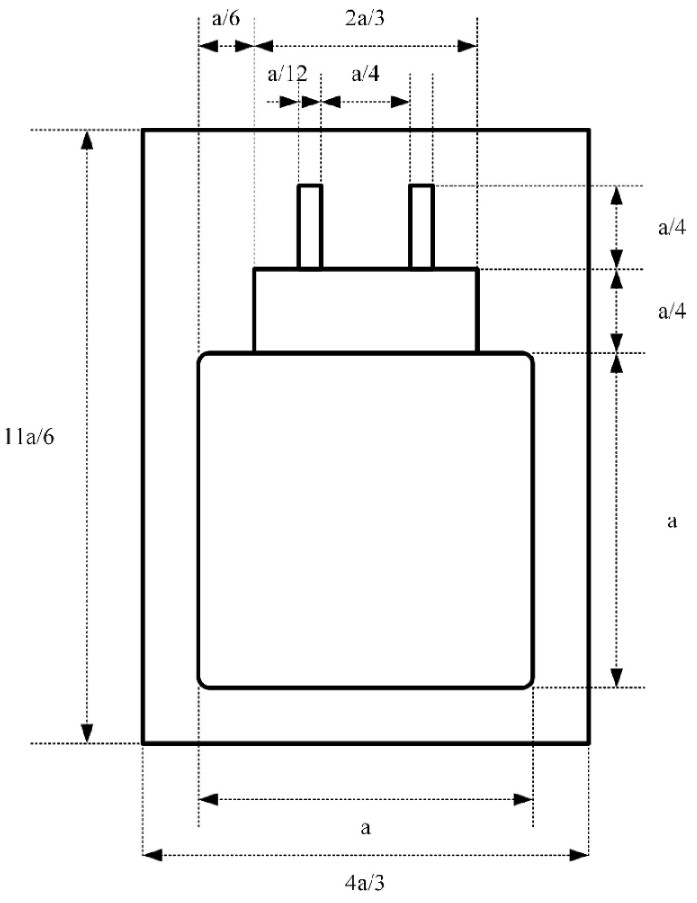 |
If a charging device is included with the radio equipment |
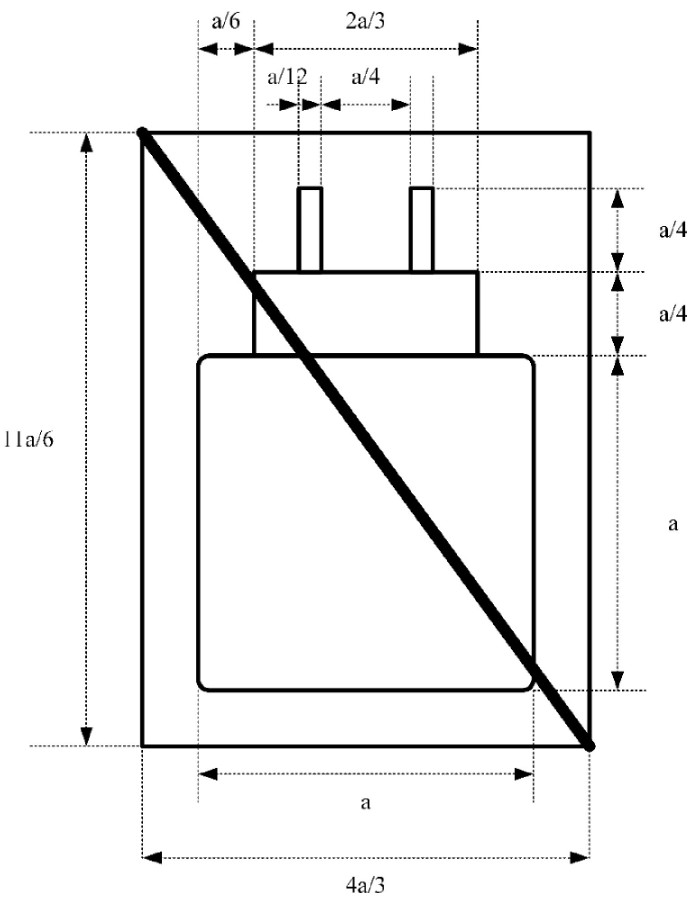 |
If no charging device is included with the radio equipment |
The pictogram should either be affixed using a sticker or printed on the packaging. The pictogram should be visible and readable when the product is sold to consumers. It should also appear close to the price indication in the case of distance selling.
Traceability information
Regulations and directives mandating the use of CE marking also tend to set requirements concerning traceability. In this context, traceability refers to label information that makes it possible to visually identify the product and its manufacturer.
Examples
1. Product name and model number
2. Batch or serial number (to identify the production run)
3. Manufacturer name and address
4. Importer name and address (if any)
5. Authorised representative name and address (if any)
Placement
The label information is often placed on the product. If the product is too small or does not have a suitable surface area for printing, then you must affix the traceability information to the product packaging or user instructions.
In some cases, brands affix the information they can on the product, while the rest is affixed on the packaging and in the instructions. For example, it’s fairly common that the product and batch are affixed on the product while the relevant company information is present on the packaging and instructions.
This must be assessed on a case-by-case basis.
General Product Safety Regulation
The General Product Safety Regulation also mandates that, in addition to the information listed above, an electronic contact point is provided.
Low Voltage Directive Essential Characteristics
The Low Voltage Directive (LVD) covers electronic products that operate within the following range:
- 50 and 1,000 V for alternating current (AC)
- 75 and 1,500 V for direct current (DC)
Annex I of the LVD mandates the inclusion of essential characteristics for the device:
the essential characteristics, the recognition and observance of which will ensure that electrical equipment will be used safely and in applications for which it was made, shall be marked on the electrical equipment, or, if this is not possible, on an accompanying document;
However, the LVD does not specify what exactly counts as an essential characteristic. Here are some examples of such information:
- Input voltage and current
- Output voltage and current
- Max. current
- Max. voltage
- Power
- Device compatibility
For example, for an extension cord, it is necessary to specify the maximum current it is dimensioned for (e.g., 13A) to help consumers avoid overloading it by plugging in devices which exceed the current rating.
Warnings and safety instructions
Some EU regulations and directives also mandate the inclusion of warnings and safety instructions on electronic devices. The exact wording depends on the product and its inherent risks.
Here is an example of safety instructions for an extension cord:
- Do not connect units in sequence.
- Do not cover when operating.
- Do not pull on the cord to disconnect power; always grasp the plug.
- Do not use outdoors or in wet areas.
- Do not exceed the product’s rated capacity.
- Do not use if the product shows signs of damage.
Note that warnings and safety instructions cannot be used as a substitute for compliance with harmonised standards. All electronic devices sold in the EU must be safe, which in practice often requires compliance with harmonised standards.
Warnings and safety instructions can only be provided as a complement to inherent safety risks that cannot be fully mitigated by ensuring compliance with applicable safety standards.
Digital Product Passport

It is expected that certain electronic products will be subject to Digital Product Passport requirements in the coming years. The expectation is that the Digital Product Passport will consist of a QR code printed on the product that provides online access to product compliance information.
Learn more

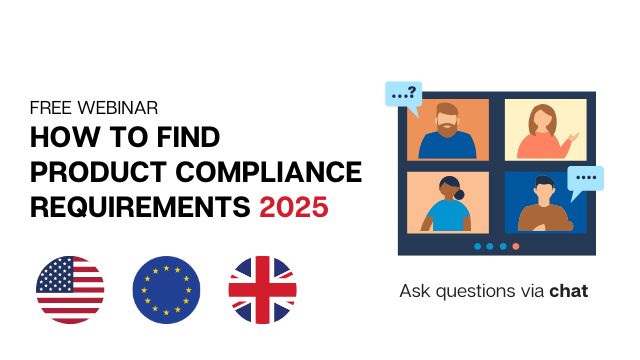





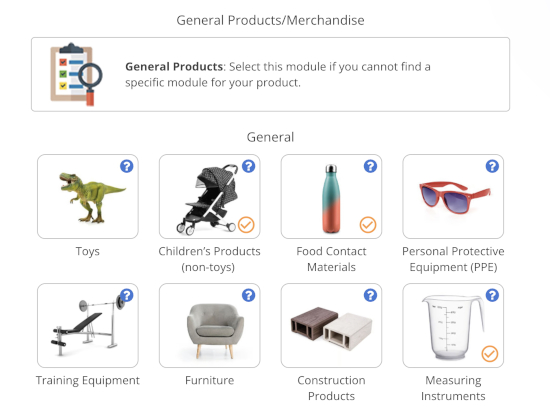









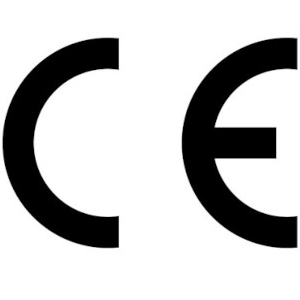




.png)
.png)
.png)
